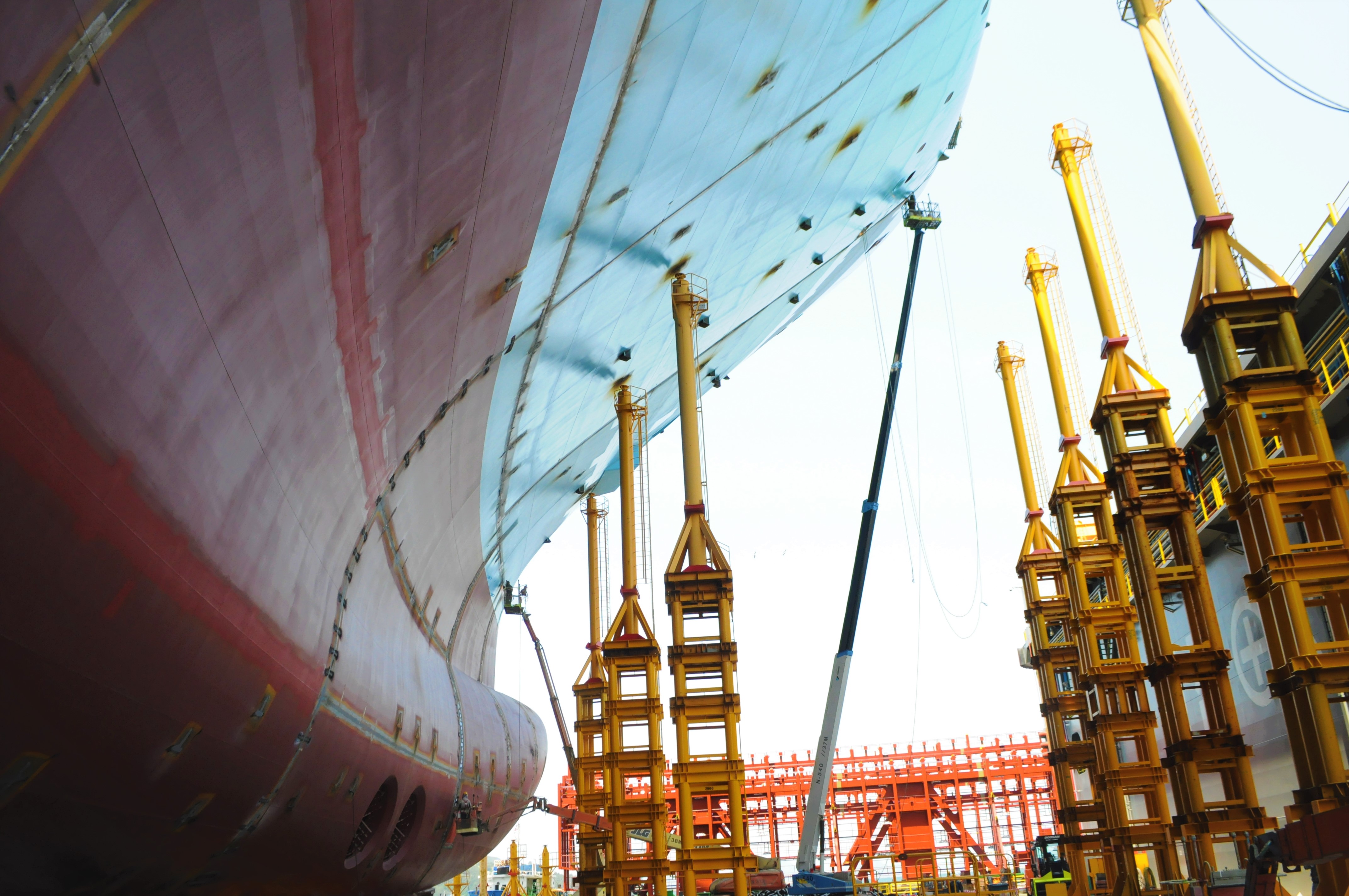When talk turns to hull biofouling, invasive species and vessel efficiency, most of us look at the hull coatings makers for answers. But there is more to it than that with new research, projects and cleaning solutions now in the market to take hull fouling solutions to a whole new level.
It was a 17th century Italian scientist that gave his name to the Salvinia ferns, a family of water plants that have a striking ability to trap air bubbles on their leaves.
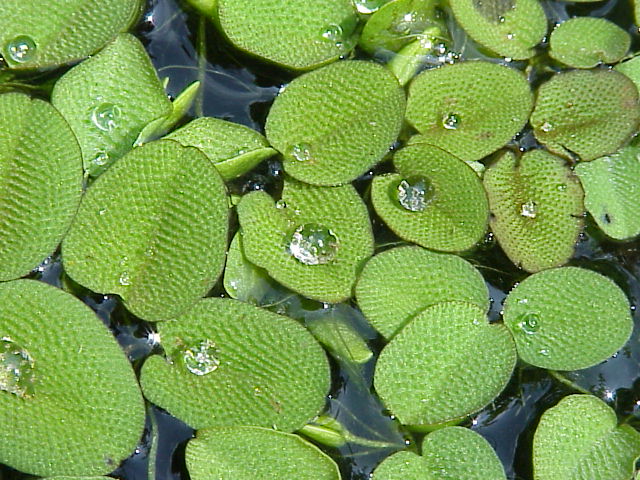
While the Salvinia effect, as this special trait is known, has been understood for less than a decade it is already being researched in Europe to see how it can be applied to ships’ hulls to keep them clean and smooth, so keeping fuel use low and hindering the ability of species to be transferred around the world.
AIRCOAT means the Air Induced Friction Reducing Ship Coating project that aims to develop a passive air lubrication technology inspired by the Salvinia effect.
The project consortium of 10 organisations includes Fraunhofer CML, the Hamburg Ship Model Basin, the coatings specialist PPG and the ship manager Danaos shipping which operates a fleet of containerships.
Part of the focus of the researchers in the EU funded AIRCOAT programme, that will run for a further three years, is the combined hydrophilic (that’s water attracting) and hydrophobic (water repelling) properties of the molecules that make up the fern’s surface to see how this new kind of hull coating can be applied as rolls of film onto ship steel.
They say the aim of this initial part of the project is not to actually go as far as to get a ship’s hull covered in rolls of film, but to validate the technology idea and to have numerous simulations. However the long term goal is commercialisation.
The desire to examine the potential of the Salvinia effect is just the latest in a series of recent developments as the shipping industry looks harder at the impact of hull coating quality on environment and ship performance. These two issues are not new to the industry of course, hull coating manufacturers like Jotun, Hempel and International Paints have been battling each other to deliver ever more effective, sleek coatings that remain in as peak a condition as possible for as long as possible and stop barnacles, weed and slime from accumulating.
Then there is the hull cleaning industry which is coming under increased scrutiny as administrations become ever more aware of the risks of alien species coming into their waters on ships’ hulls and in ballast water.
The latter vector is being tackled with the ballast water convention of course, but the hull fouling risks are so far being tackled only at national level with regulations. Administrations such as New Zealand, Australia and more recently the Netherlands have strengthened their rules, but there is no international regulation currently, although there are IMO guidelines which are being pushed as a start to mandatory rules.
Work at the International Maritime Organization includes the Glofouling initiative which was launched in December last year to raise awareness of the guidelines and get them further implemented.
Scrub, scrape and send ashore
Despite the research and development made by coatings makers, all their products will need, to a greater or lesser extent every the five, or even 10 years when the vessels are drydocked, to be touched up or completely re-applied.
But in the period between dockings owners need to call in specialist divers to clean the hulls to return the vessel’s fuel performance to close to the best it can be, or even to be allowed in port. There have been cases, particularly in New Zealand and in the West Coast US of vessels being turned away from pots due to the invasive species risks posed by their fouled hulls.
Administrations are also getting concerned about potential heavy metals in hull coatings that can be released into the harbour water if the hulls are scrubbed too vigorously they remove flakes of coating to fall to the sea bed.
With these environmental issues in mind only hull cleaning systems that can demonstrate they are able to collect all the detritus taken off the hull.
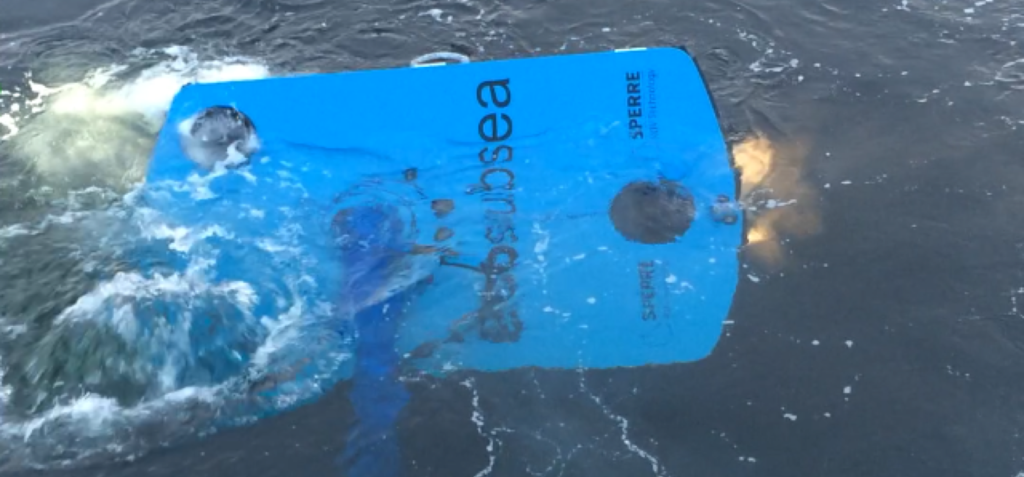
ECOsubsea, Hullwiper and FleetCleaner offer such services using advanced ROV systems and suction devices. Ecosubsea founder and chief executive Tor Østervold has recently announced an expansion of the system as the company has been given permission to clean hulls in Belgium and Netherlands ports.
It has taken a long time to convince authorities, port officials and ship owners, he admits, but he says the long wait has been worth it. Ecosubsea gained a fairly high profile in 2013 as Østervold won entrepreneurship awards from Nor-Shipping in Oslo and the company won an Orcelle Award for its painstaking focus on environmental detail.
Similar to the Hullwiper and Fleetcleaner system the EcoSubsea consists of a remotely operated cleaning machine that works its way along the ship’s hull, with an operator on the quayside controlling it remotely. A video feed gives a good picture of the hull as the machine’s soft brushes clean the hull and a special suction system ensures everything that is pulled off the hull gets drawn up through a huge flexible umbilical tube out of the water.
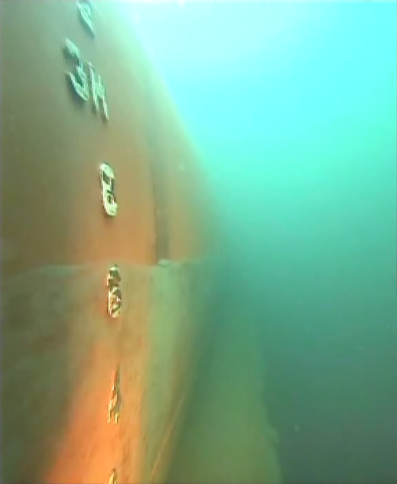
ECOsubsea now has some dedicated customers following years of meticulous trials and has begin winning over port authorities, thus raising the game for hull cleaning.
Barnacles
I-Tech, a Swedish biotech start-up has come up with another way of keeping hulls clean. It has invented a chemical, based on the same chemistry as the main ingredient in horse sedatives, that will excite barnacle larvae and repel them from a ships hull.
The additive, trademarked as Selektope, is added in small quantities to hull coating makers’ products to add an extra layer of defence to a ships hull.
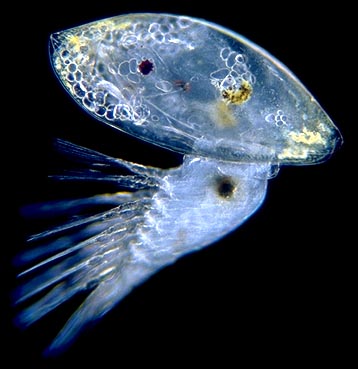
Barnacles, of which there are many species all over the world, begin life as free swimming organisms, which in a second stage larvae seek a hard surface to attach to and grow the familiar hard surface over them. Selektope influences the larval stage and prevents it from settling down. It has no long term effect on the larvae or any other organism according o CEO Philip Chaabane who has seen his company grow with more coating makers agree to add the solution to their products.
Over the summer Chugoku Marine Paints launched its eighth anti-fouling paint with Selektope. Itech recently released its third quarter results, with sales rocketing 145% year-on-year to SKr 12.2m during the quarter compared to SKr 5m for the same period last year.
Bubbles
While the Salvinia effect leads to hydrophilic and hydrophobic nodes trapping air bubbles passively, Silverstream, a UK based cleantech startup has a system that uses air pumps to create air bubbles and push them out through specially designed vents in the hull bottom.
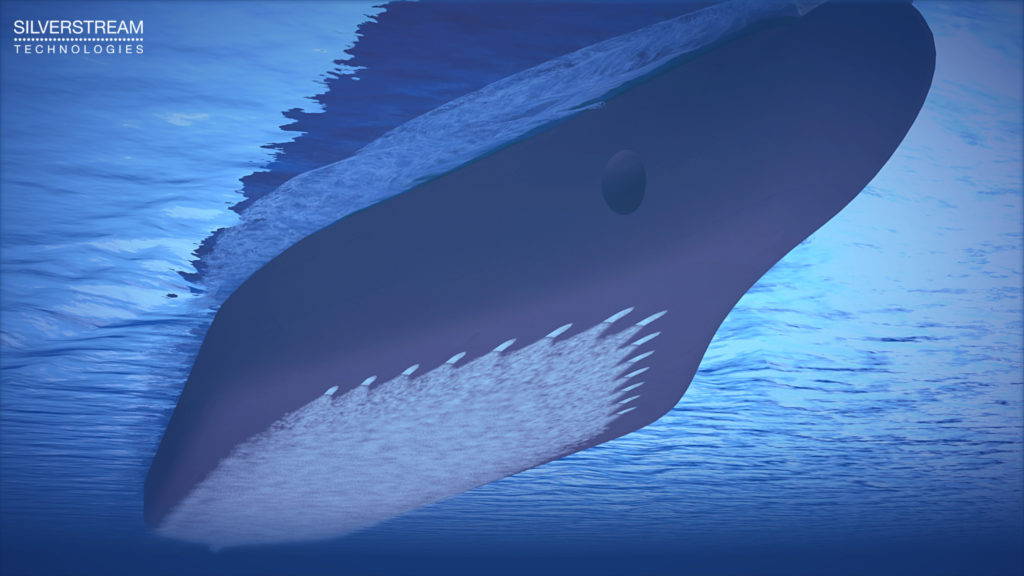
The effect of this is to reduce the friction between hull and water when the ship is sailing, which leads to vessels with the system installed needing less engine power to achieve set speed and thus use less fuel. CEO Noah Silberschmidt has seen the company expand in the last year as a number ship orders have suddenly flooded in, not least from Italian shipowner Grimaldi for 12 ships.
Silberschmidt has also been inking agreements with Asian shipyards saying that the Silverstream system is a very straightforward way for ship designs to meet the requirements of the energy efficiency design index and other growing requirements for ship designs that need to be increasingly fuel efficient.
One of the side benefits of pushing bubbles under the hull according to Silberschmidt is that it makes it more difficult for animals, weed and slimeto attach themselves and thus increase friction.

Repel and attract
For its part the EU funded AIRCOAT project is seeking to find the right kind of surface that can be applied onto a ships hull. There are laboratory tests and in test tanks of potential structures and surfaces as well as one or two large scale experiments with coatings at HSVA, the Hamburg ship model test basin.
The project will also see how the project is transferable to large ships, but the aim here is not to coat a large ship in the three remaining years of the current project.at how the Salvinia properties can be mimicked in a laboratory using fairly easy, repeatable processes that allow it to be developed at an industrial scale that could replace some paint systems with an applicable foil system. To achieve the film coating idea realised the project is working with companies that are experts in film applications. There is anothr EU funded maritime project – e-Shark looking into this, also with the coating company PPG as one partner that is looking at film coatings instead of paint coatings for ship’s hulls.























